In the difficult and complex high school environment, the concept of beauty has students in a very strong grip. From societal norms to personal reflection, the perception of beauty influences much more than you might think. It is important to understand how these stereotypes can impact your day-to-day life. Chances are, it already has.
While society often talks about external attributes like facial features and body shape, the true essence of beauty encompasses a much broader spectrum of qualities that resonate on not only personal but societal levels. From self-confidence to cultural perceptions and societal standards, the idea of prettiness is a much more complex mash-up of various factors that shape our understanding and appreciation of beauty.
At its core, being pretty is about feeling comfortable and confident in your skin. It’s about embracing individuality and celebrating uniqueness, recognizing that beauty comes in diverse forms and expressions.
In our school, 43.5% of surveyed students were unsure if they were pretty or handsome. [sno-infographic id=”6575″ align=”right”] Some explanations included “because I’m just a girl” and “I’m a good person but I mess up sometimes, everyone does. So I don’t know if I’m pretty or not.”
When asking students what being ‘pretty/handsome’ meant to them, the answers drastically varied, but there was one answer that stuck out to me. This student shares that “Beauty is entirely subjective. A person may be incredibly attractive to one person, and not as attractive for some other people.” They continue to share that once societal beauty becomes involved, the “standard is considered very objective, and it is based on what the majority of people would consider to be attractive.”
When reading this response, I realized that it is very easy to get your perception of beauty contorted to what everyone else thinks beauty means. Having these societal standards makes your beauty standards the same as everyone else.
Societal Norms and Their Existence:
Beauty norms and societal norms work hand in hand. Beauty norms are described as unrealistic and unhealthy stereotypes to pursue, while societal norms are described as informal rules that govern behavior in groups and societies.
Societal norms surrounding being pretty in high school are deeply ingrained and often influenced by media, peer influence and cultural standards. These norms dictate not only physical appearance but also behaviors, fashion choices and even social circles.
These unspoken rules can govern the way that people perceive your attractiveness. This is not how it should be. There is no such thing as “normal.” The art of being perceived as beautiful should come from internal factors, not external ones.
Beauty Stereotypes for different Genders and Races:
Beauty stereotypes are not only influenced by gender but also by race, perpetuating harmful and limiting ideals. In high school settings, these stereotypes can profoundly affect self-esteem and social interactions.
Gender Stereotypes:
- Females: Expected to embody traits such as thinness, flawless skin, long hair and delicate features. Beauty standards for girls often prioritize physical appearance over other qualities.
- Males: Pressured to conform to ideals of muscularity, height and facial hair. Society often equates masculinity with physical strength and dominance.
In the United States, some of the biggest beauty norms include:
- Thin Ideal: The pervasive belief that thinness equates to beauty and desirability, often leading to body dissatisfaction and unhealthy weight management practices.
- Clear Skin and Symmetrical Features: Society often emphasizes flawless skin and symmetrical facial features as markers of attractiveness, contributing to the popularity of skincare products and cosmetic procedures.
- Youthful Appearance: Youthfulness is often equated with beauty, leading to the proliferation of anti-aging products and societal pressure to maintain a youthful appearance.
- Gendered Expectations: Traditional gender roles influence beauty norms, with expectations for femininity often emphasizing traits like softness, delicacy and adherence to beauty standards, while masculinity is associated with strength, ruggedness and physical fitness.
Personal Reflection on Beauty Standards
I think beauty standards are an unfathomable way to live. People should not be forced to conform to the strict and specific norms that restrict one’s ability to feel comfortable in their skin.
Navigating beauty norms in high school can be a challenging journey, often leading individuals to reflect on their perceptions and conformities. I find myself unintentionally conforming to certain beauty norms while questioning others. For instance, my style from middle school to now has drastically changed because the people I was around were dressing differently than I was. I wash my face every night, paint my nails, do my hair and even my makeup every morning before I leave for school. I can even admit to wanting to look like people that I see as “pretty.” I want to look like the other girls, but I don’t have to.
So what does it mean to be “pretty”?
As previously stated, the attractiveness of a person is entirely subjective. Whether you are attractive or not is not something that can be controlled by your hand. To me, everyone is beautiful. Regardless of what you look like and what you believe in, what matters is who you are internally. True beauty goes beyond your external appearance.
The concept of beauty in high school is multifaceted, shaped by societal norms, gender and racial stereotypes and personal reflections. Understanding and navigating these dynamics involves critical self-reflection, challenging harmful ideals and embracing diverse definitions of beauty. As individuals, acknowledging the influence of beauty norms while embracing our unique identities is crucial for fostering a culture of inclusivity and self-acceptance in high school and beyond.
Ultimately, being pretty is a deeply personal and subjective experience that defies rigid definitions and societal expectations. It is a journey of self-discovery and self-acceptance, embracing both strengths and vulnerabilities with grace and authenticity. True prettiness lies not in conforming to external standards but in embracing individuality and celebrating diversity. It is a reflection of inner confidence, kindness and authenticity that radiates from within, transcending physical appearance to touch hearts and inspire others. In a world that often equates beauty with perfection, embracing the true essence of prettiness is a powerful act of self-love and empowerment, affirming that beauty is not a standard to be met but a celebration of one’s uniqueness.
If I leave you with one thing today, I want to leave you with the fact that regardless of who you are or what you believe in, you are beautiful.


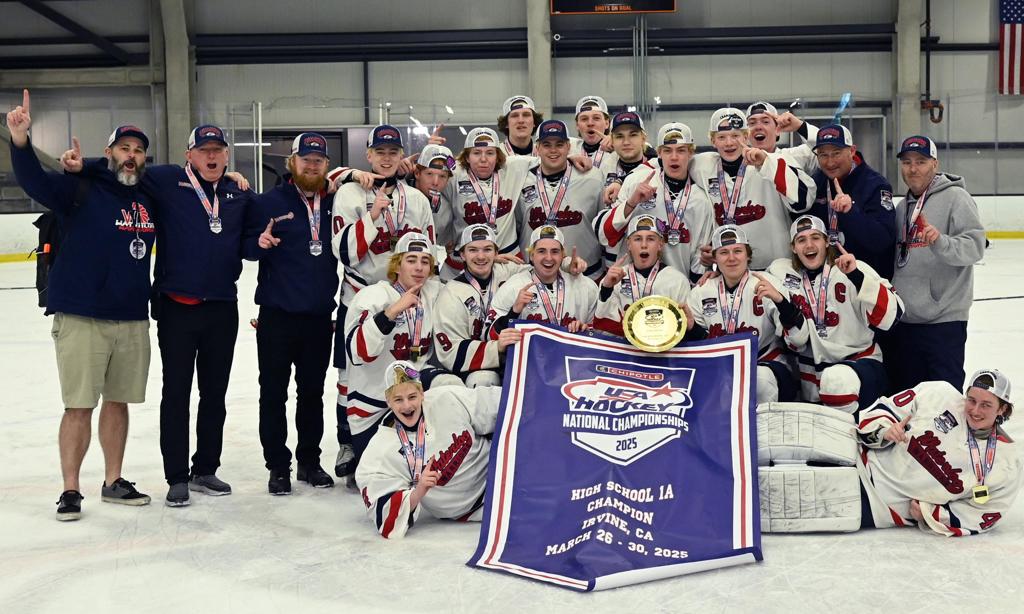

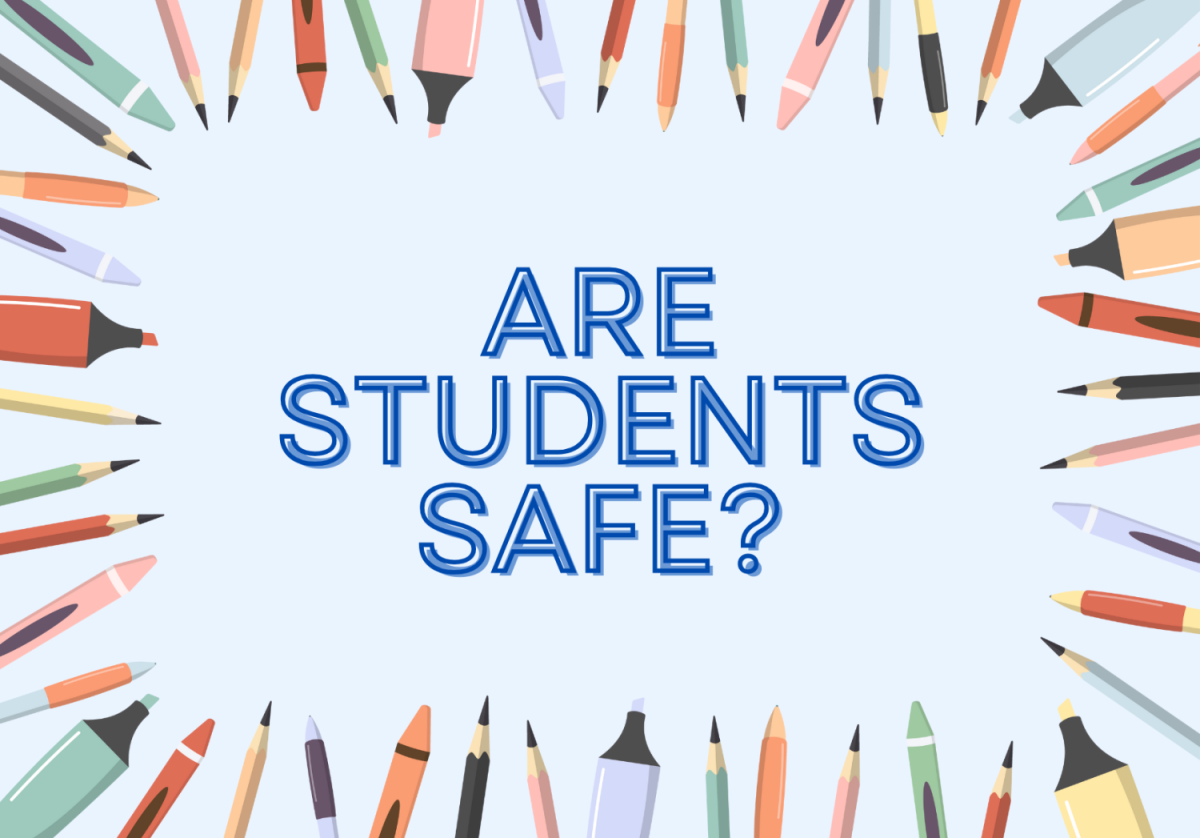
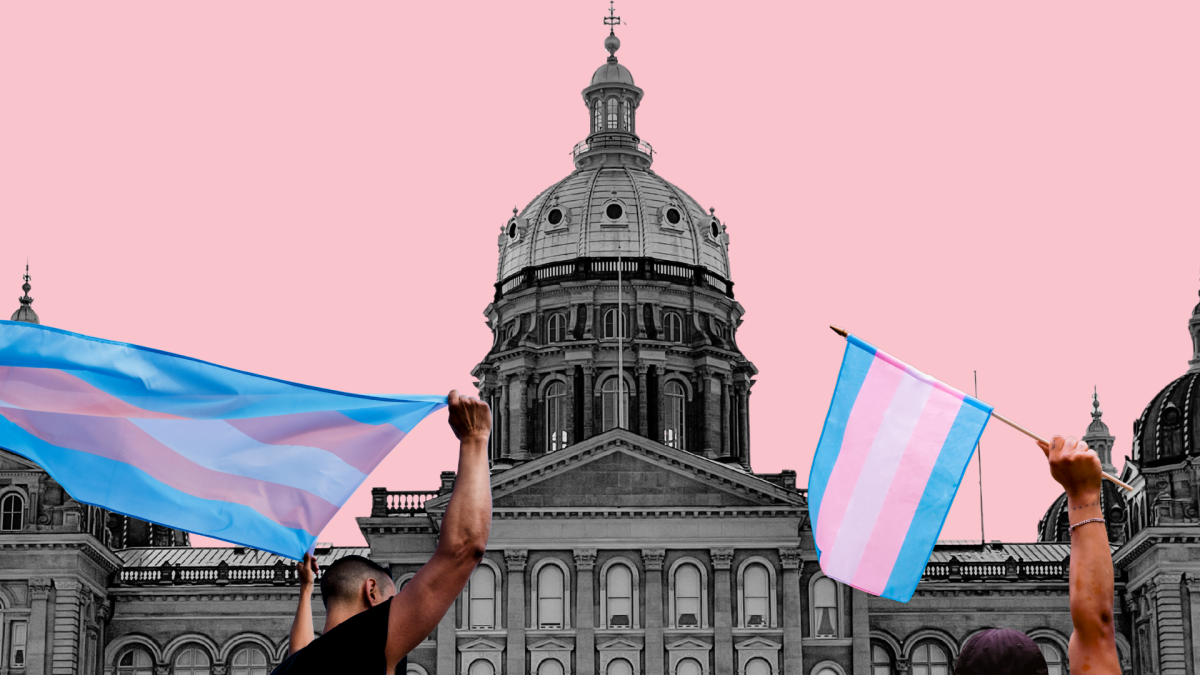

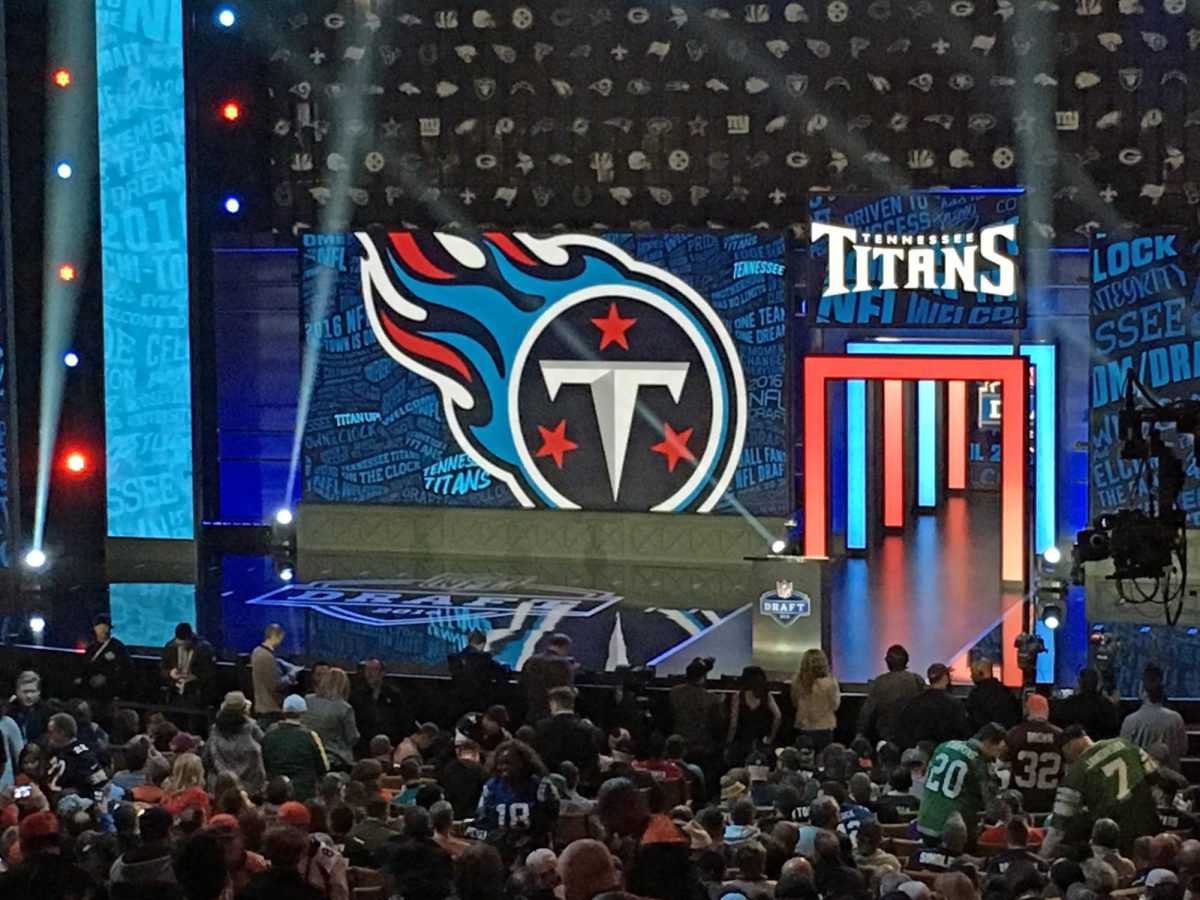
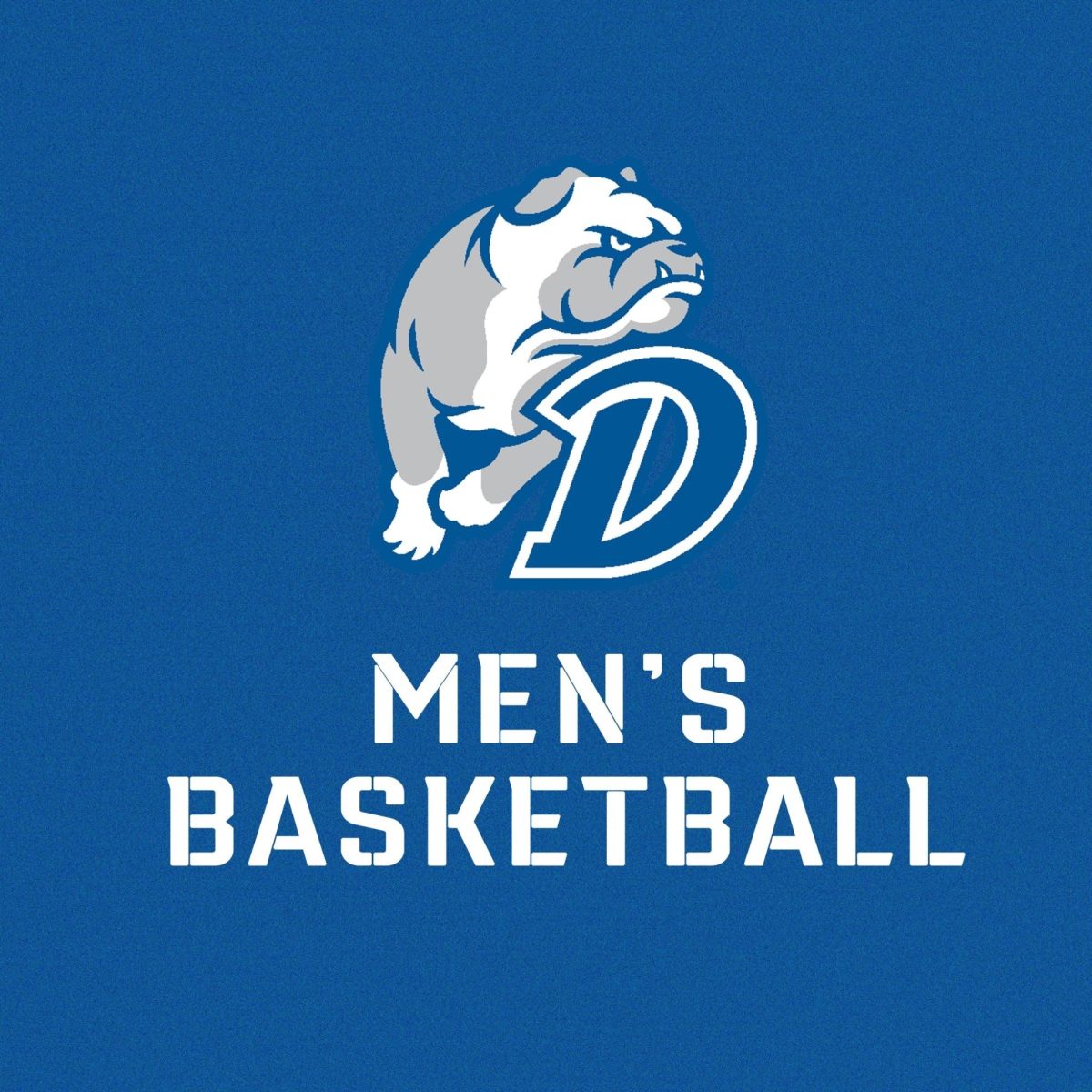

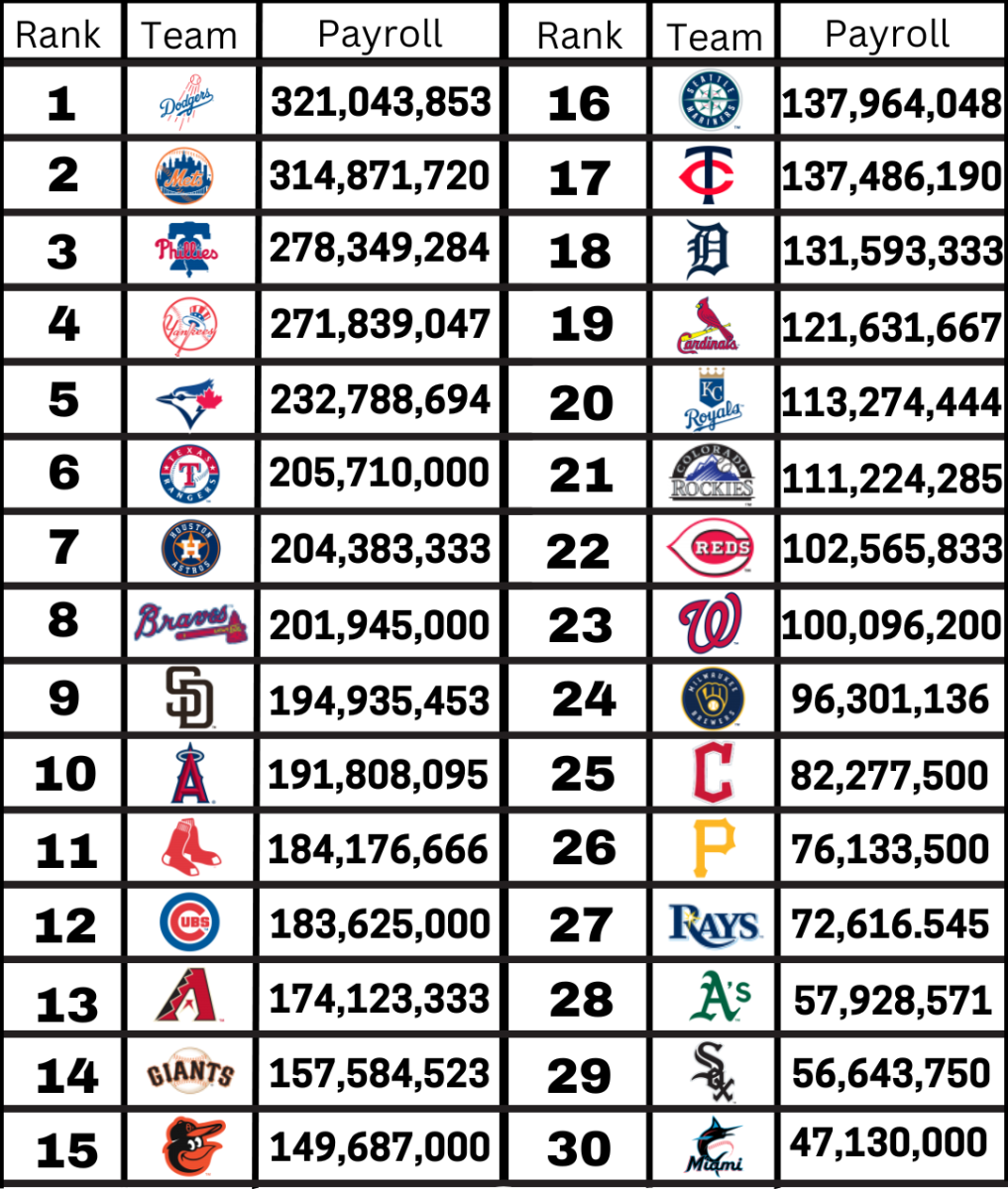

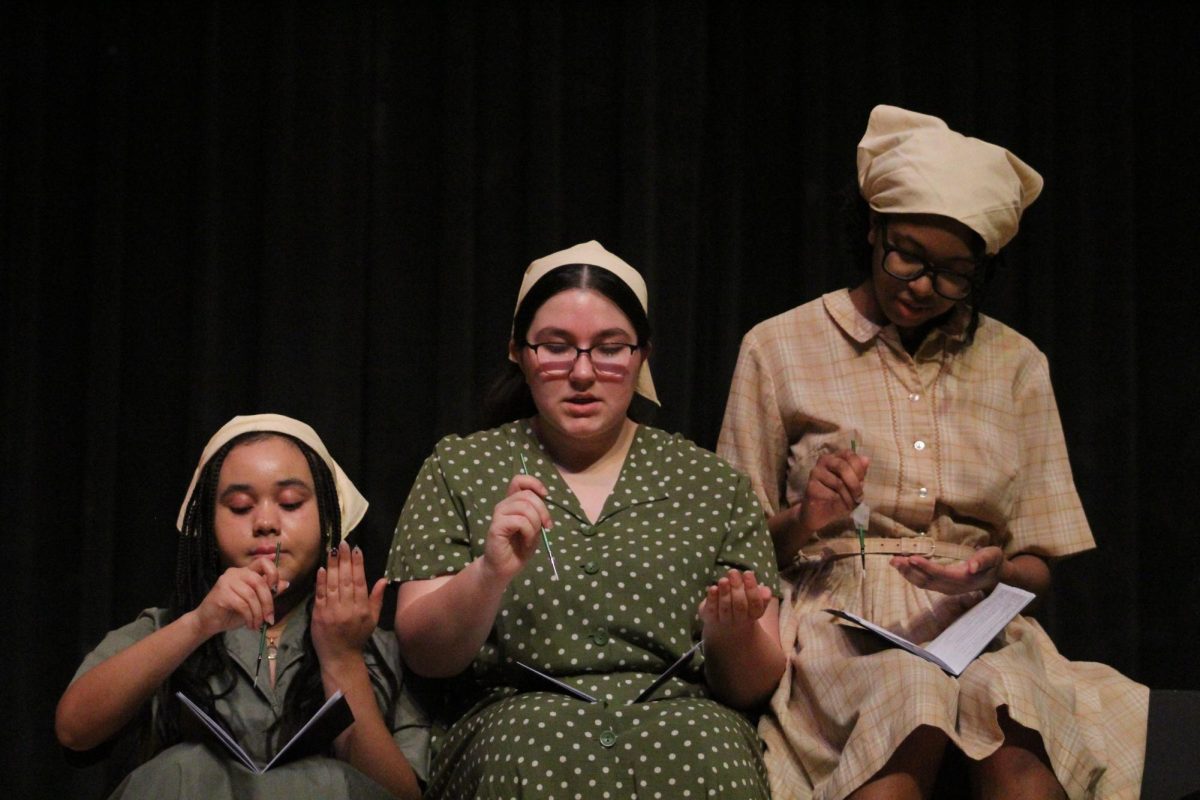
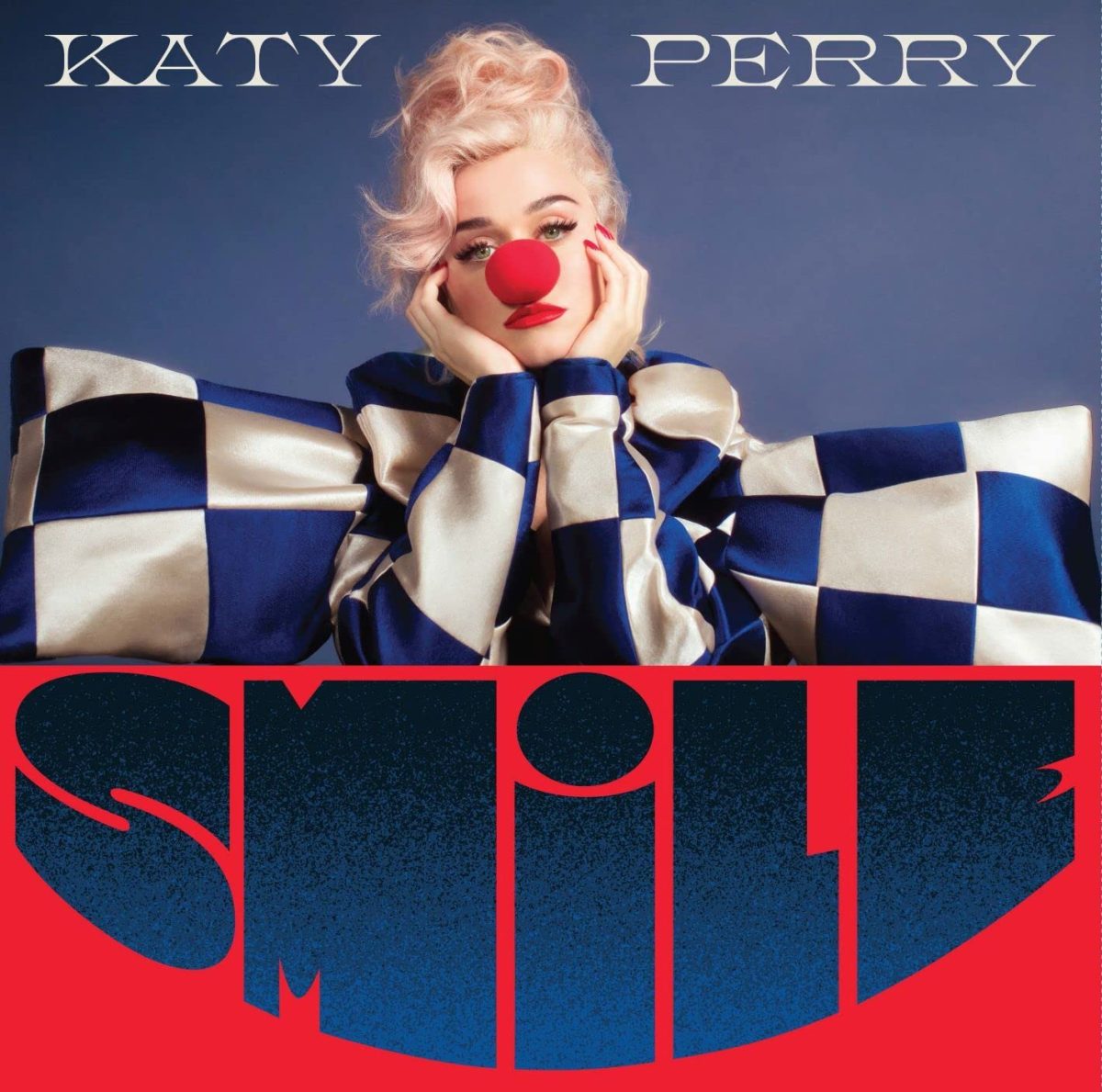

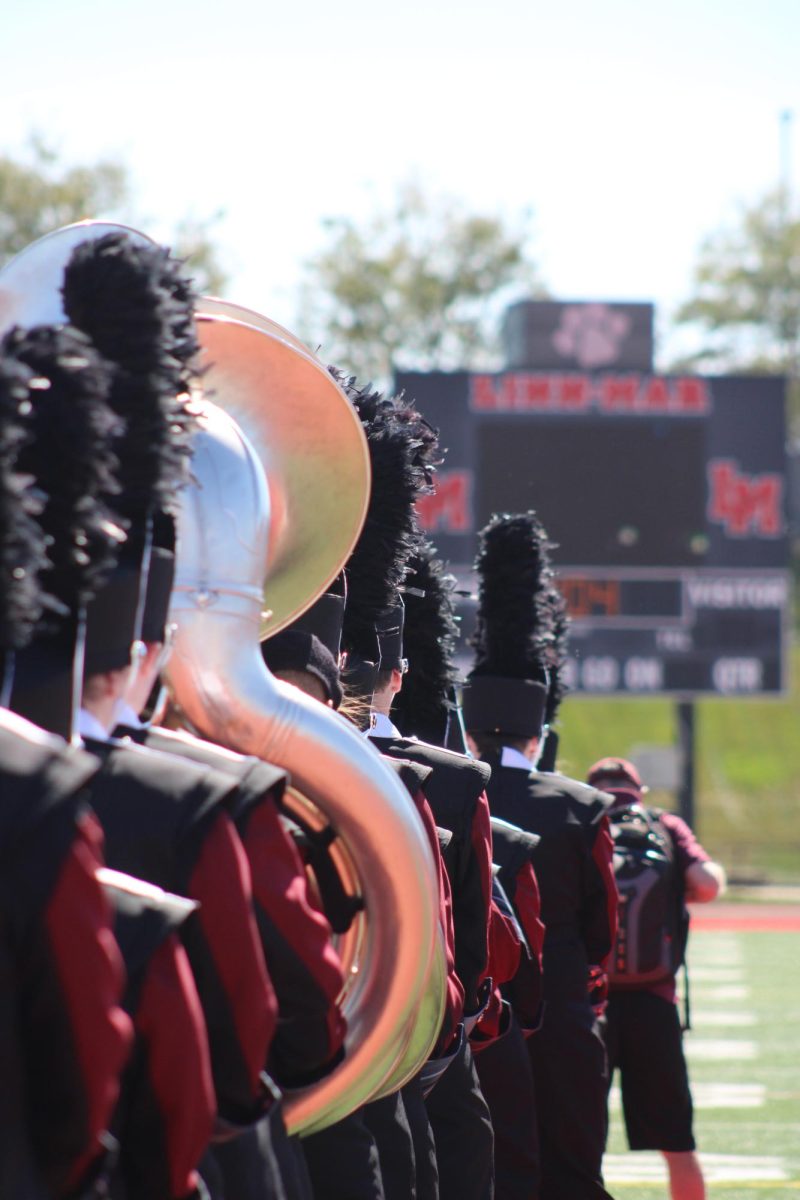

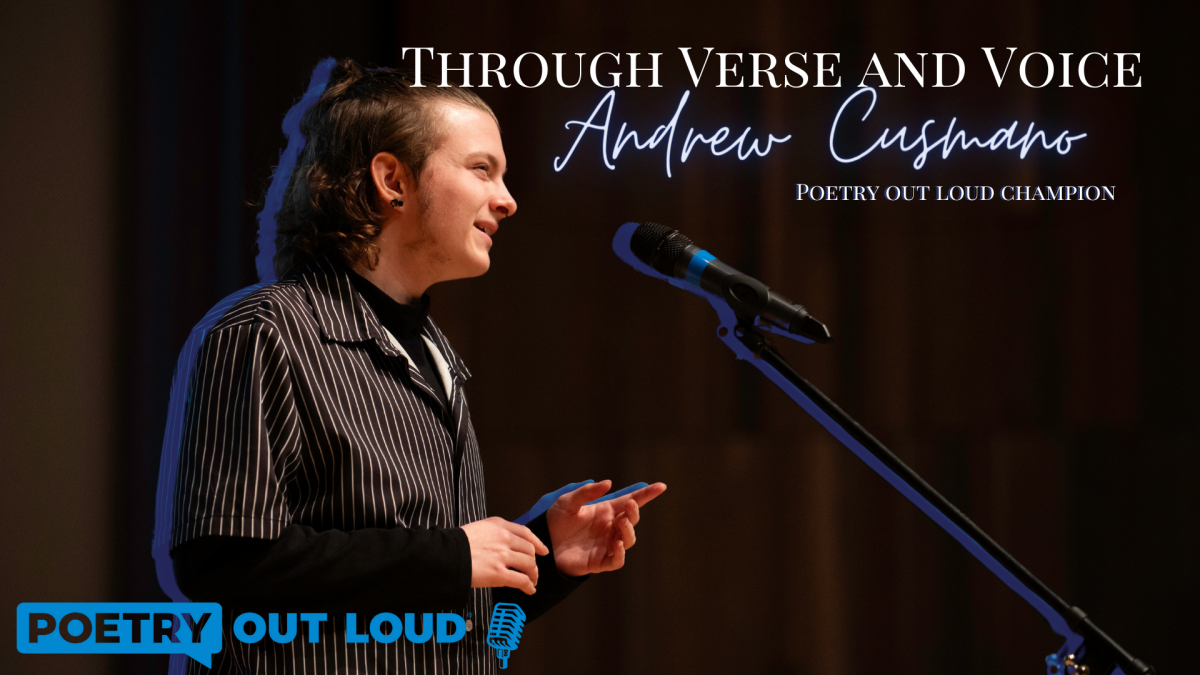



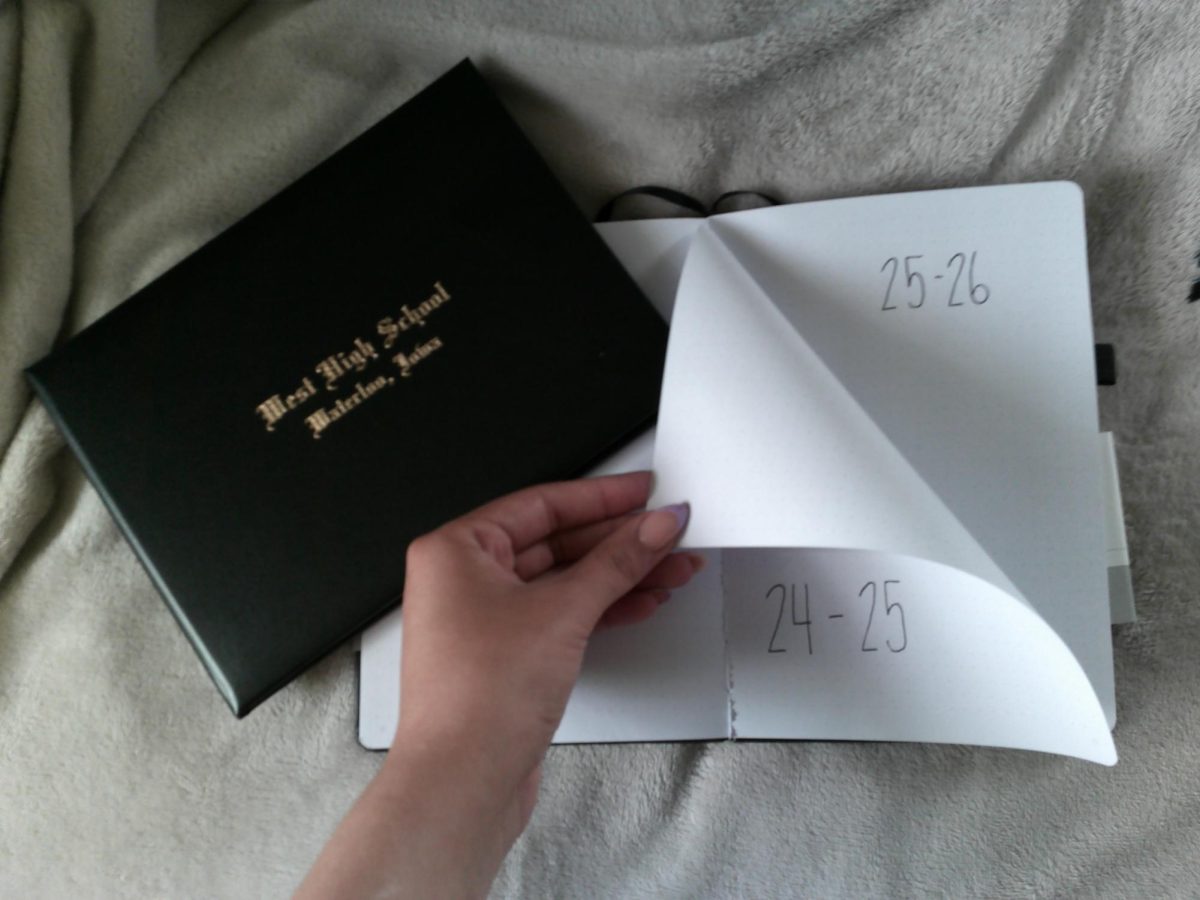
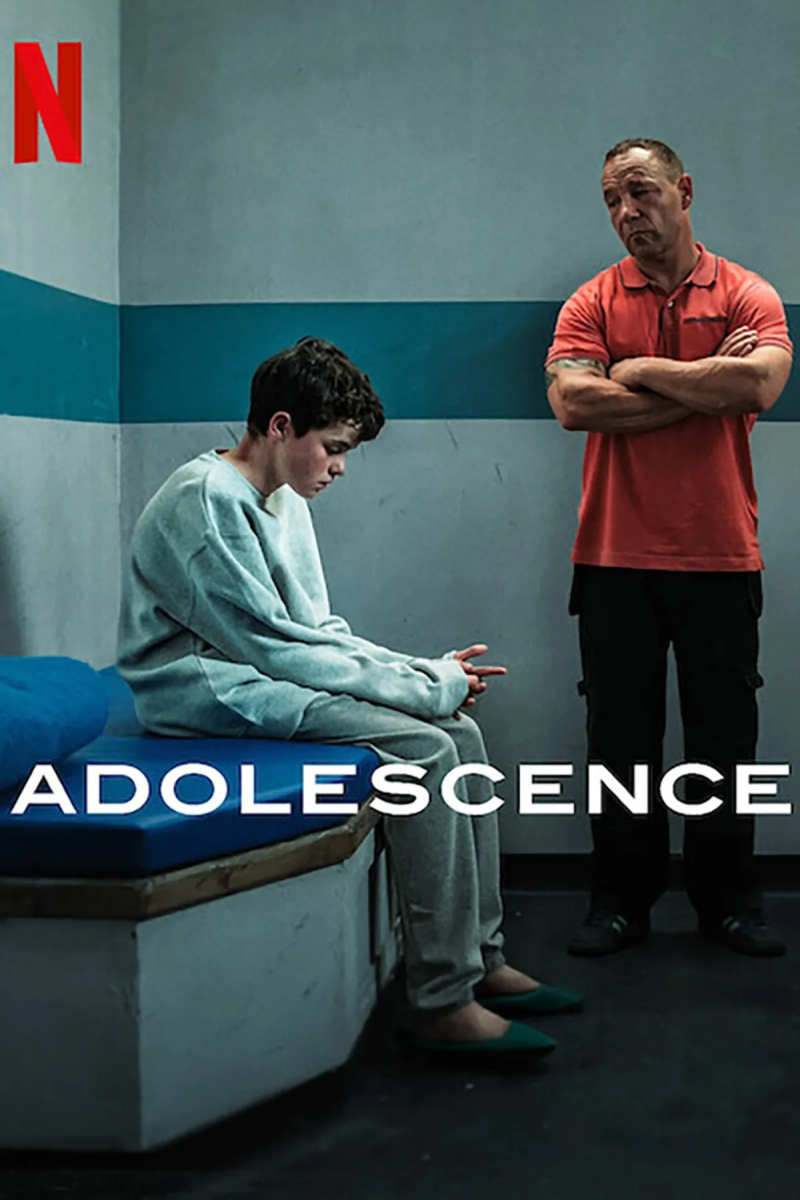
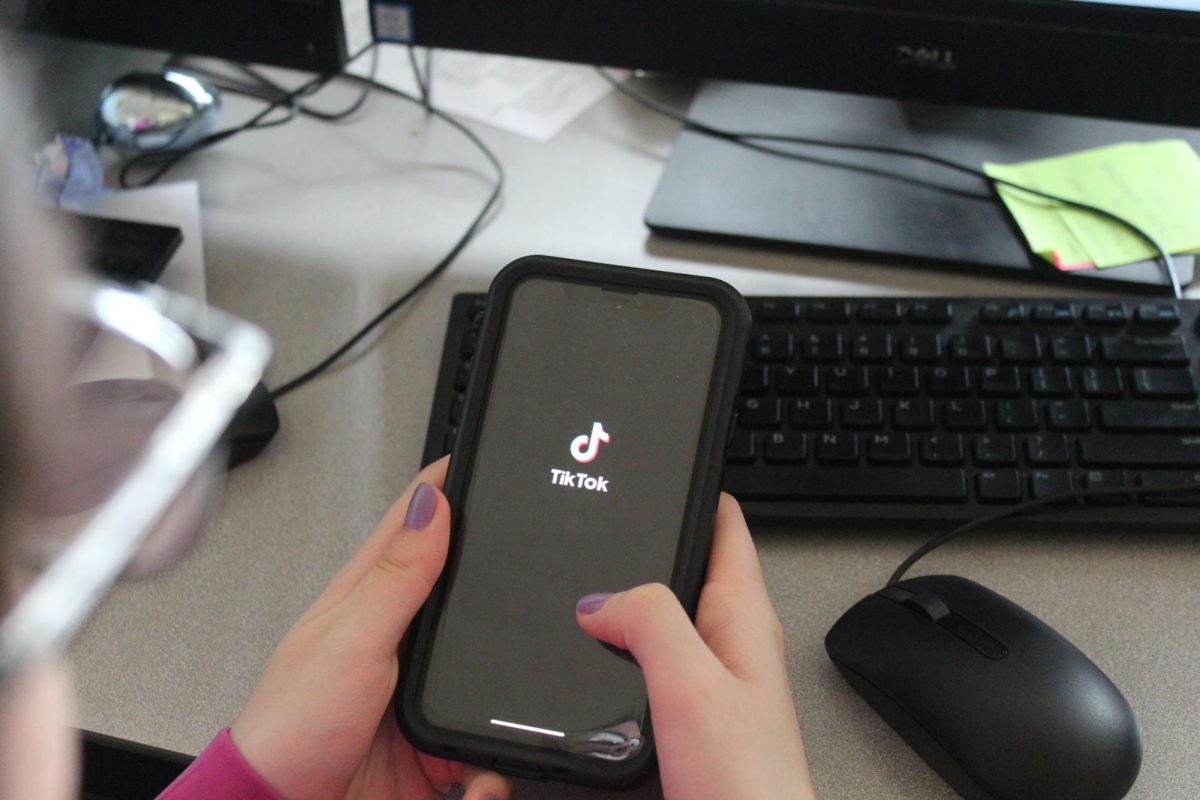
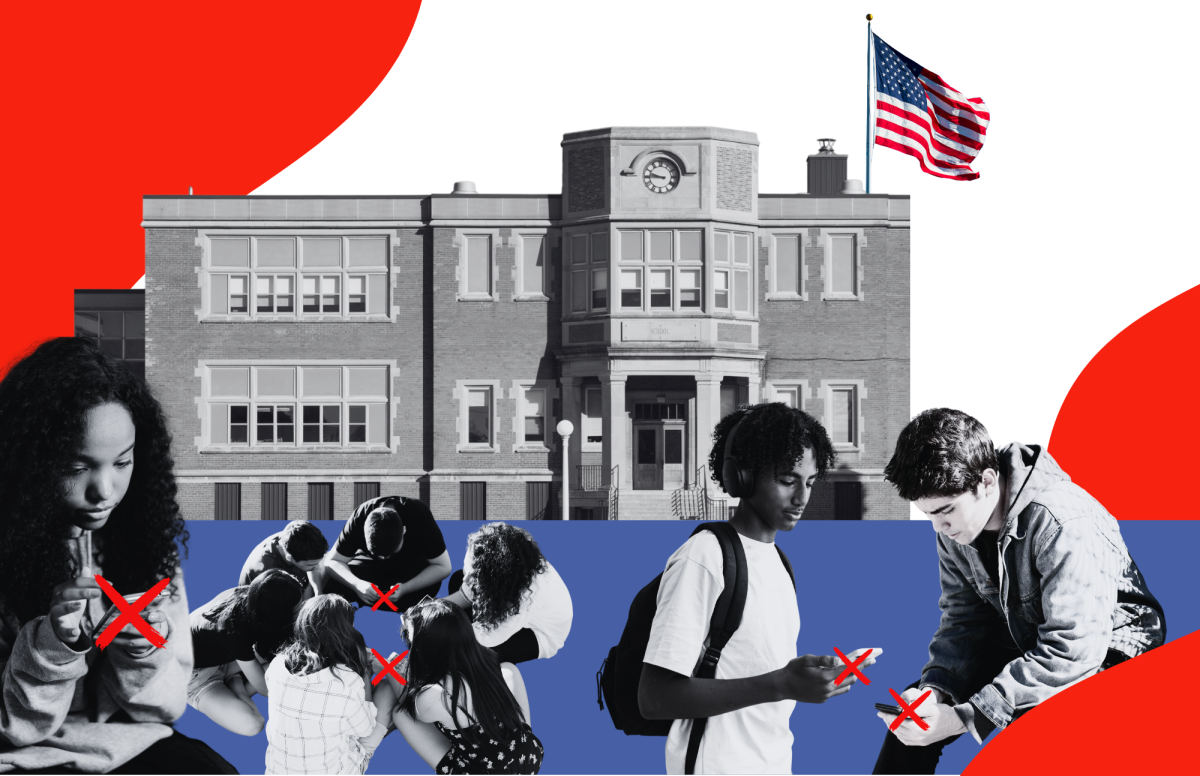

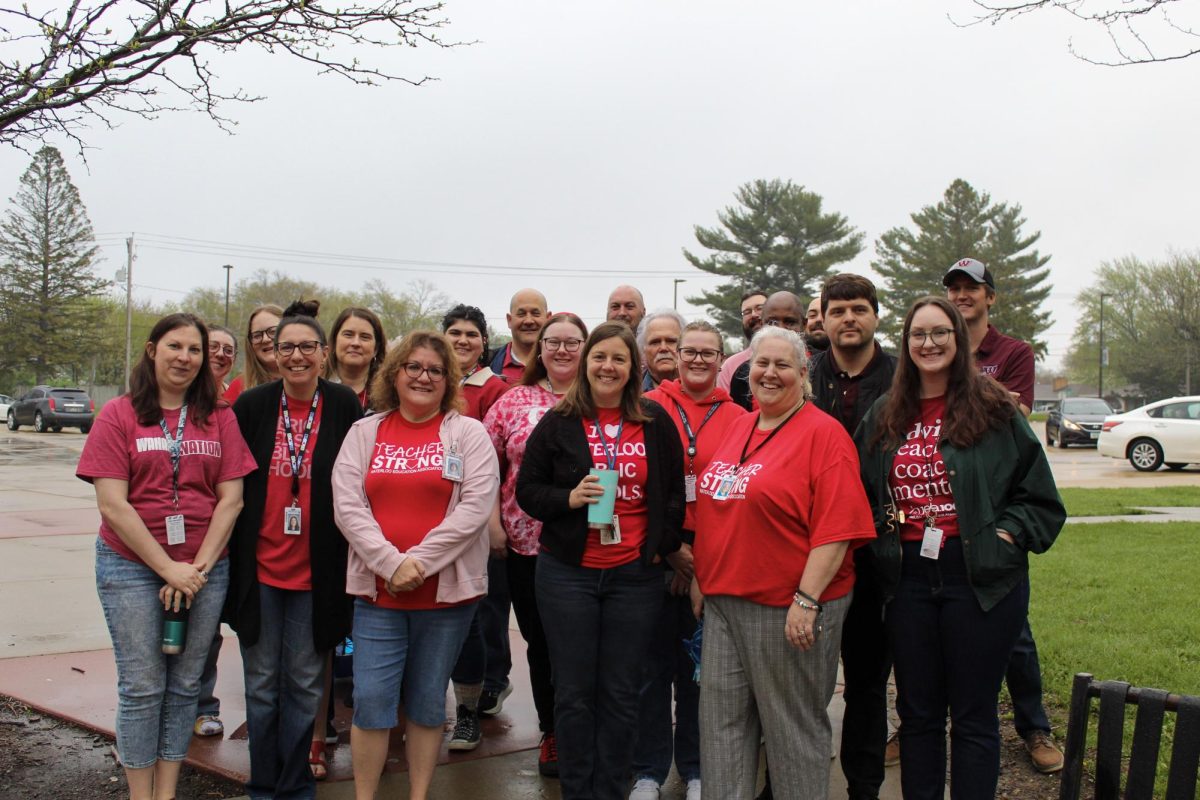
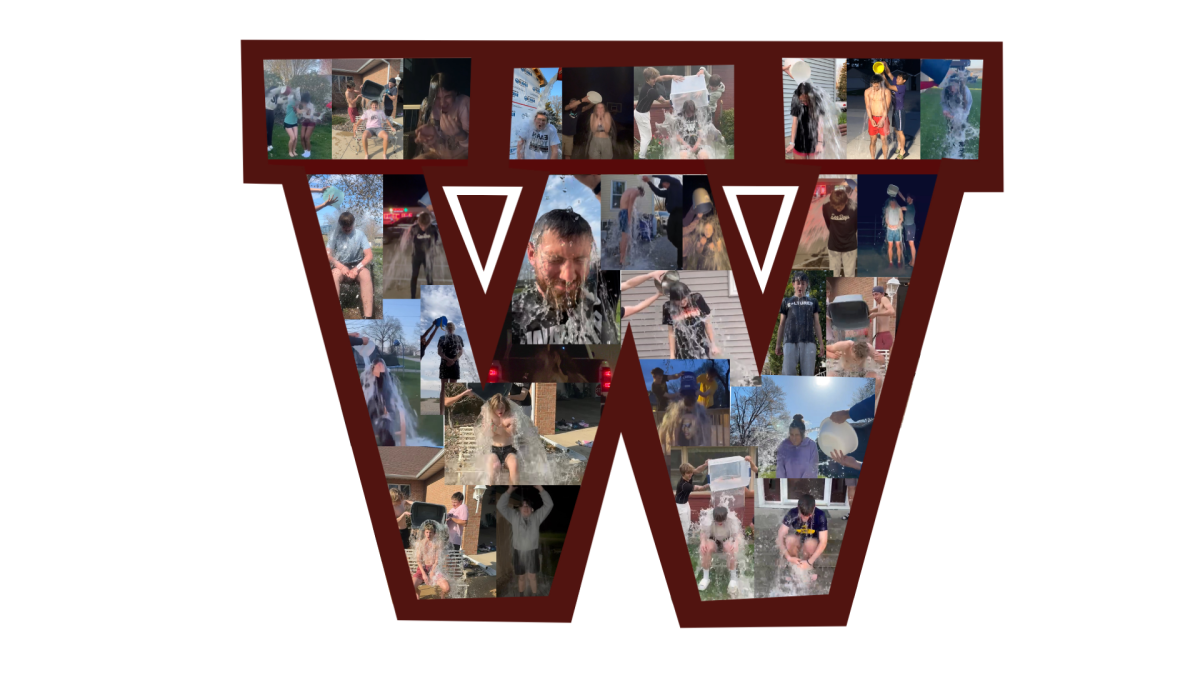
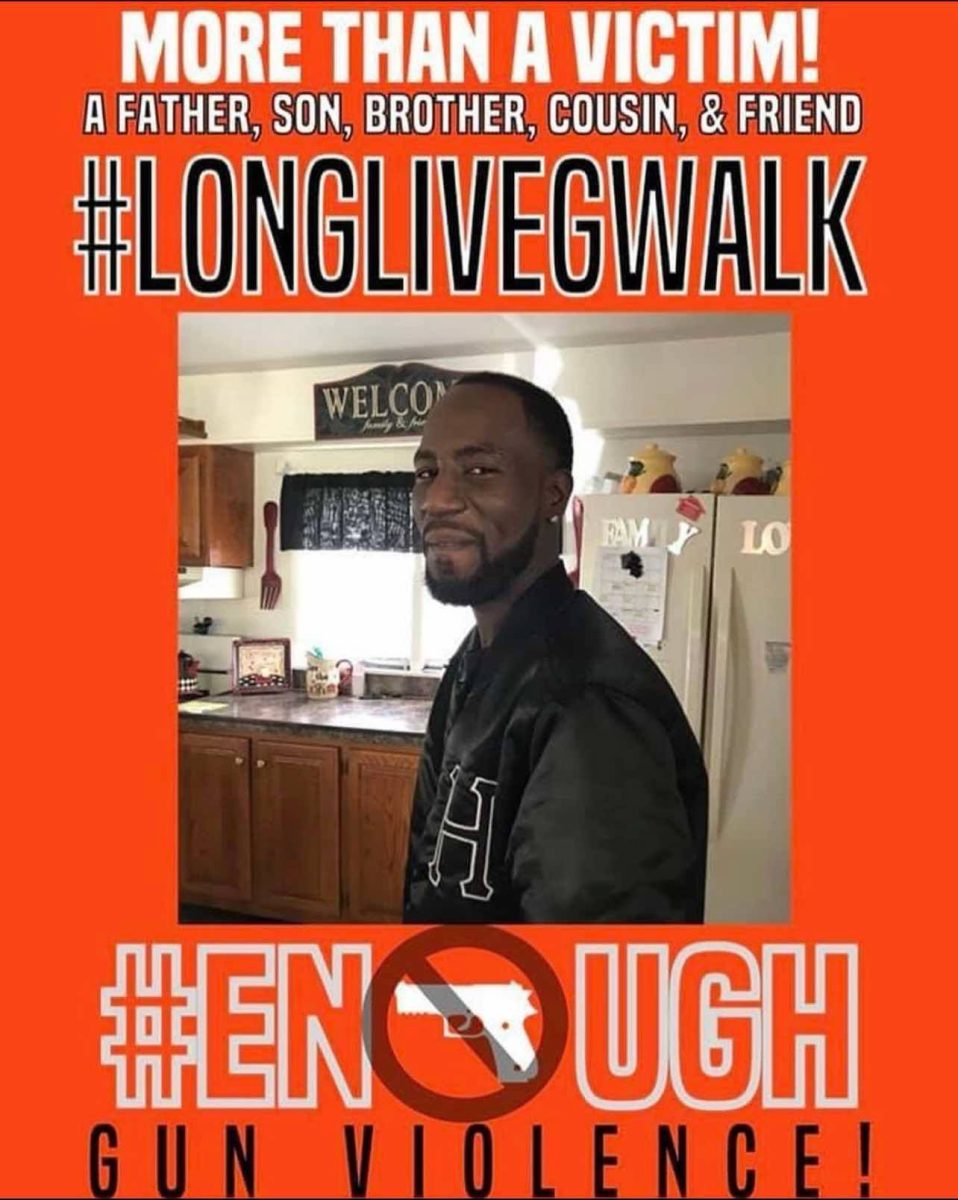
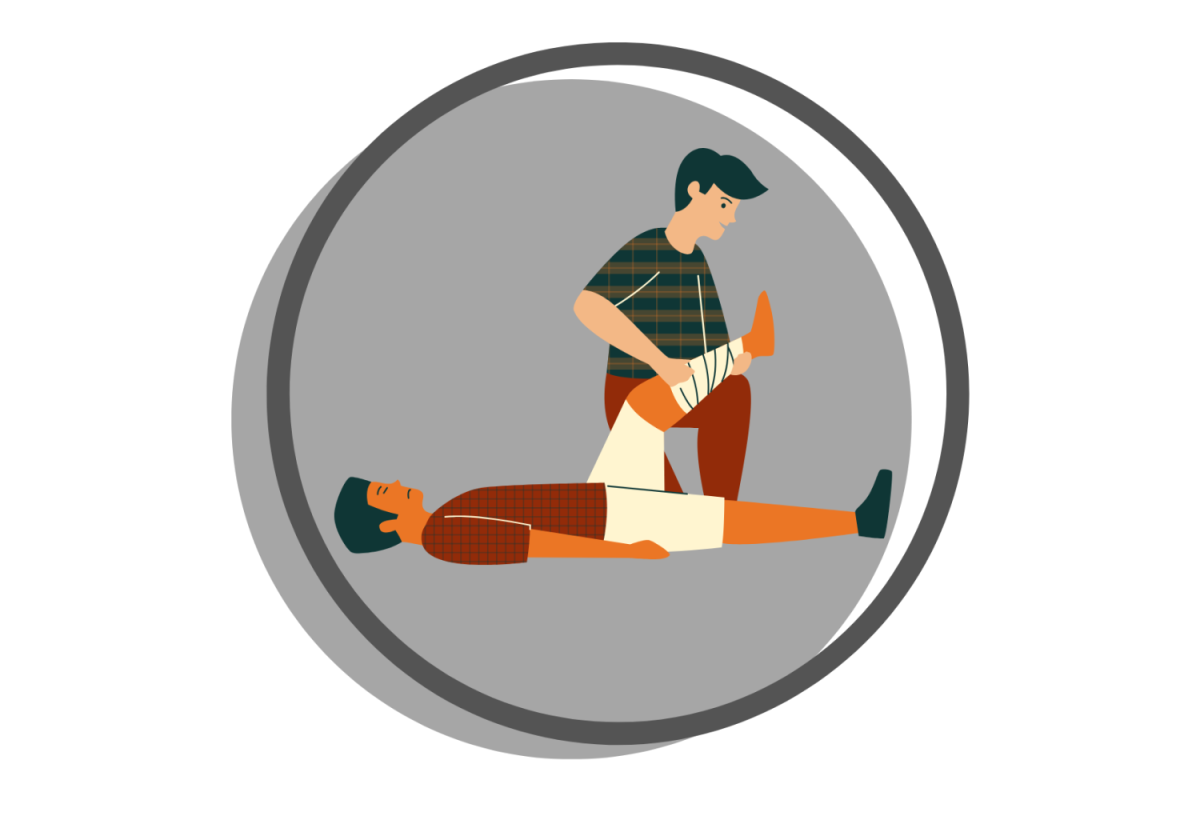
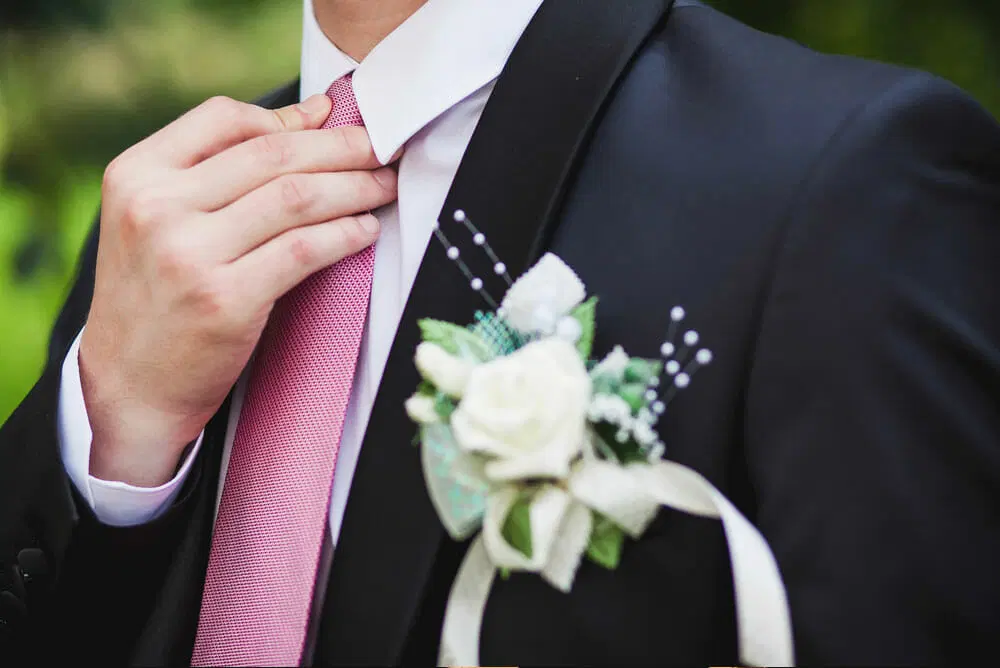



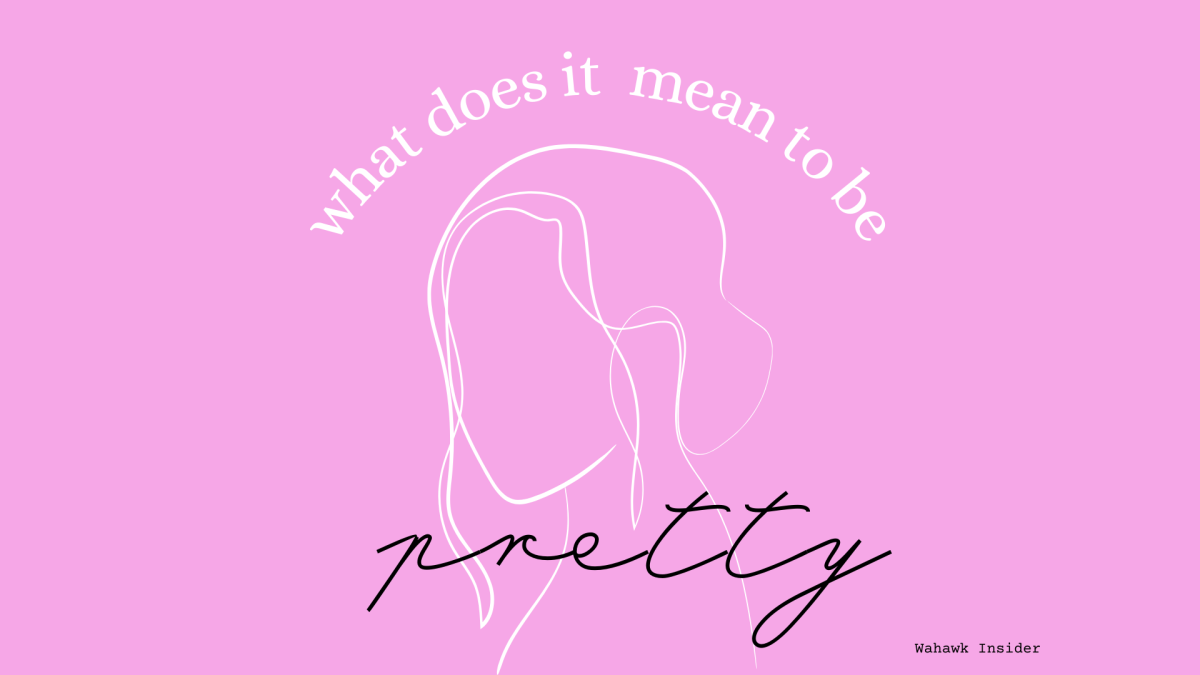
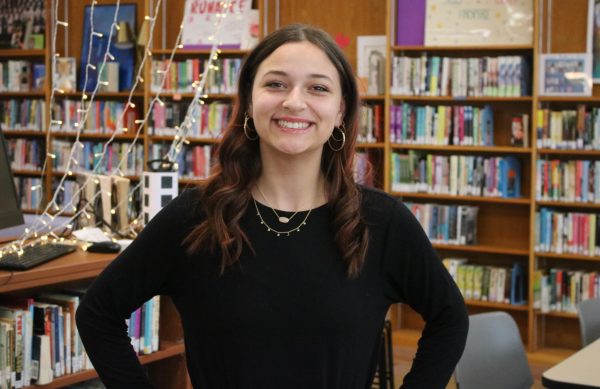
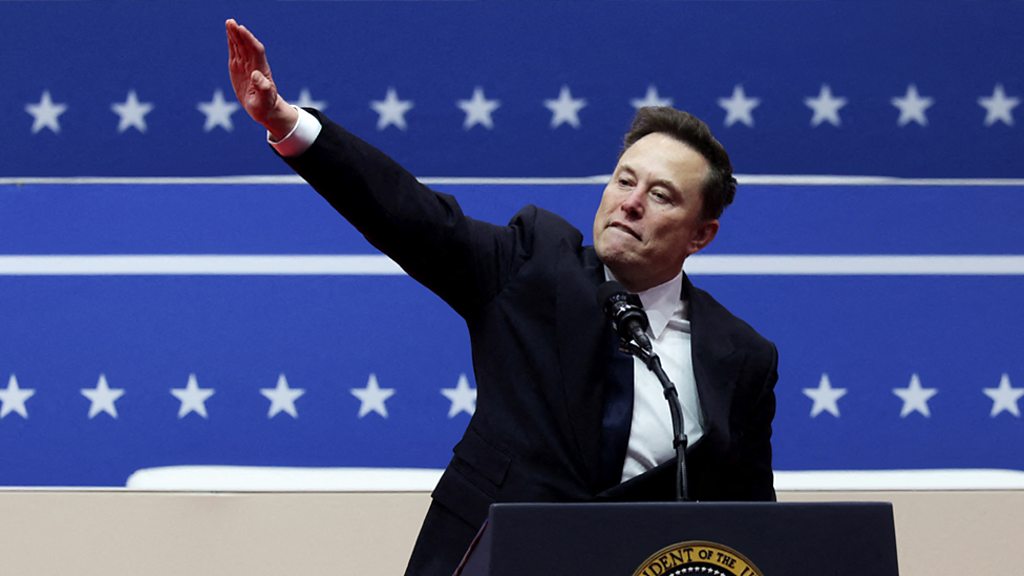
Cindy Moline • Apr 20, 2024 at 9:30 am
Wowza! Very well said young lady!!!